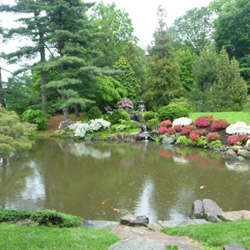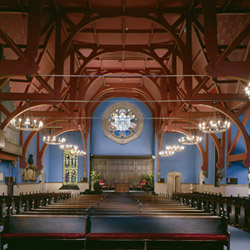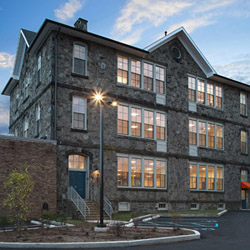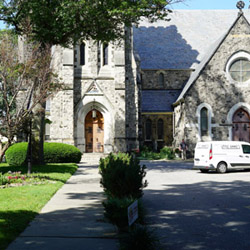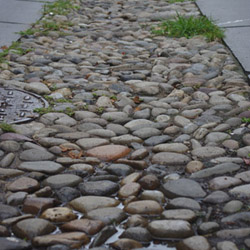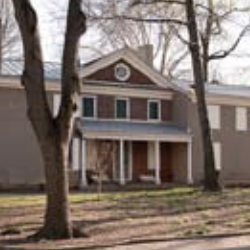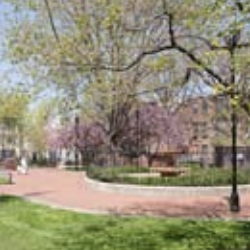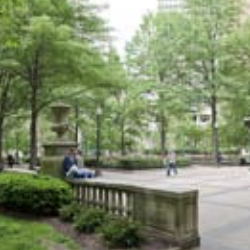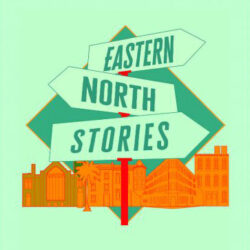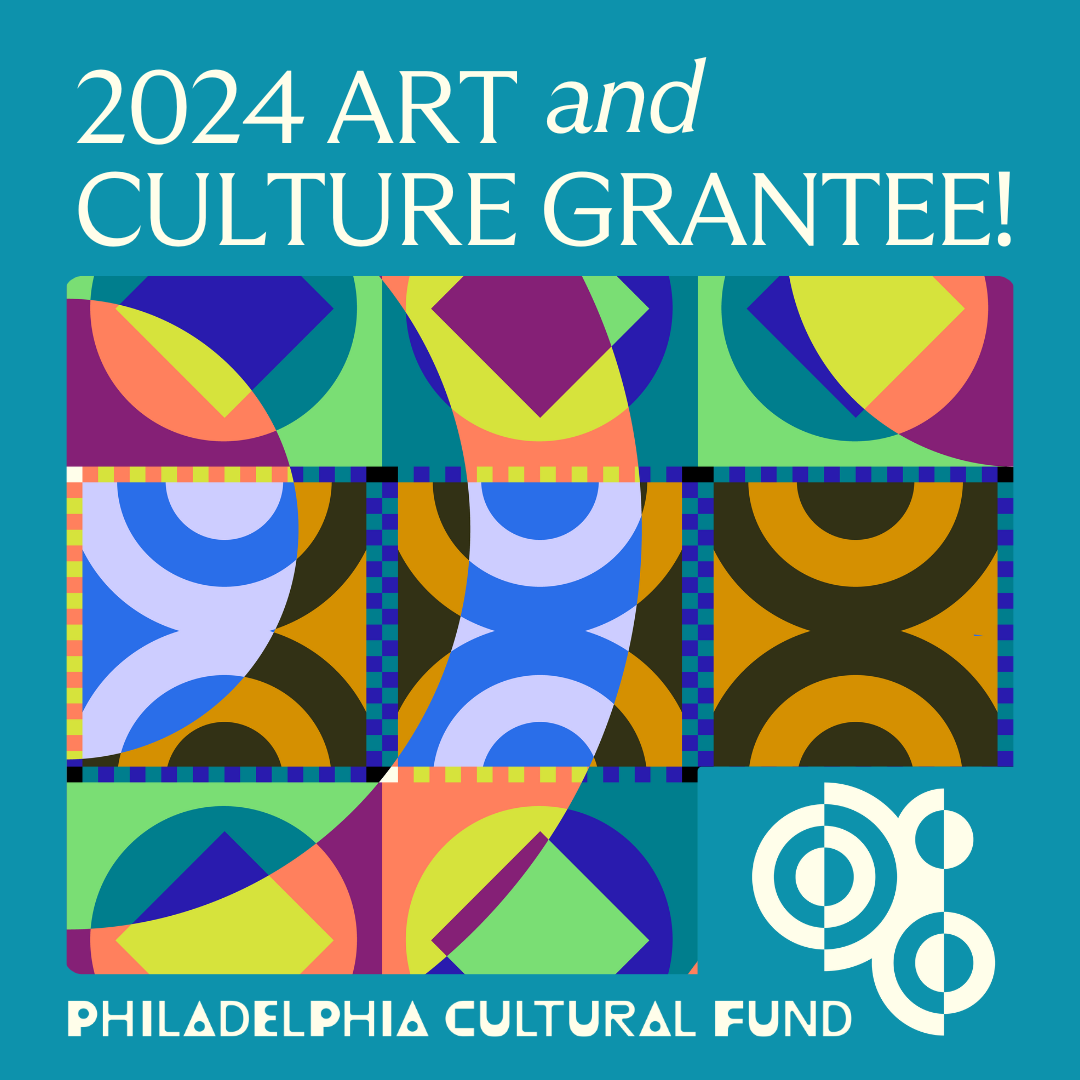Thank you for another great tour season! Tours will return in May 2025 Check back occasionally for special winter tours.
Take a Guided Tour
Our specialized, in-depth tours are great for the adventurous tourist and inquisitive local alike. Our experienced volunteer guides offer tours every weekend with each tour focusing on a different part of Philadelphia.
Each tour lasts 1.5 to 2 hours, rain or shine. Private tours are available.
Interested in Historic Philadelphia?
Explore our database listings of African American heritage, historic religious properties, and mid-century modern buildings.
View